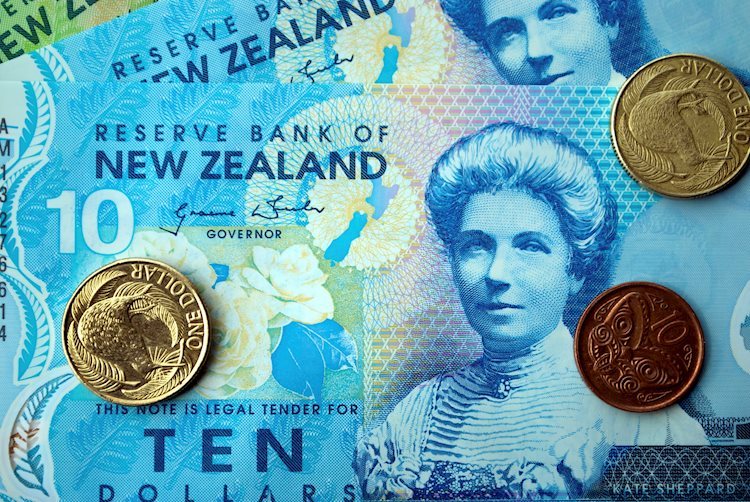The NZD/USD pair is trading at around 0.6280 in Thursday’s early Asian session, marking a 0.57% increase for the day. This rise in the New Zealand Dollar (NZD) can be attributed to a surge in business confidence in New Zealand, as indicated by the latest ANZ Business Outlook survey. The survey reported the highest level of business confidence in a decade, with the headline confidence measure at 51.0 and the expected own activity measure reaching a seven-year high of 37.0. ANZ chief economist Sharon Zollner noted that the survey displayed a wave of optimism, boosting the Kiwi against the US Dollar (USD). In addition, comments from Federal Reserve officials signaling a potential interest rate cut is also contributing to the NZD’s strength.
The Federal Reserve (Fed) recently expressed readiness to cut interest rates, with officials like Jerome Powell and Neel Kashkari mentioning the possibility of a rate cut as early as September due to a weakening labor market. This dovish stance from the Fed is expected to weigh on the USD in the near term, further supporting the NZD’s uptrend. However, the second estimate of US Q2 GDP growth numbers will be closely watched on Thursday, with expectations of a 2.8% growth rate. A stronger-than-expected GDP outcome could potentially boost the USD and limit the gains for NZD/USD.
The New Zealand Dollar, also known as the Kiwi, is a widely traded currency influenced by various factors. One key determinant of the NZD’s value is the health of the New Zealand economy and the country’s central bank policy. Additionally, the performance of the Chinese economy plays a significant role in moving the Kiwi, as China is New Zealand’s largest trading partner. Changes in Chinese economic conditions can impact New Zealand’s exports and subsequently affect its currency. Furthermore, dairy prices also influence the NZD, as the dairy industry is a major export for New Zealand.
The Reserve Bank of New Zealand (RBNZ) plays a crucial role in maintaining inflation rates within a target range of 1% to 3%. The bank adjusts interest rates to control inflation levels, with higher rates boosting the appeal of investing in New Zealand and strengthening the NZD. On the other hand, lower interest rates can weaken the currency. The rate differential between New Zealand and US interest rates is another factor that affects the movement of the NZD/USD pair. Macroeconomic data releases in New Zealand, including economic growth, unemployment, and confidence indicators, are also significant in assessing the NZD’s valuation.
In general, the New Zealand Dollar tends to strengthen during risk-on periods when market sentiment is positive and investors are optimistic about growth. This favorable outlook for commodities and commodity currencies like the Kiwi leads to an increase in the currency’s value. On the contrary, during times of market turmoil and economic uncertainty, investors tend to sell off higher-risk assets, causing the NZD to weaken. Overall, a combination of economic indicators, central bank policies, and external factors such as global market sentiment plays a crucial role in driving the movements of the New Zealand Dollar.











